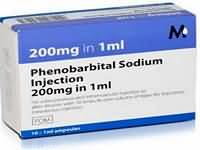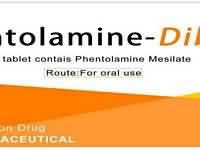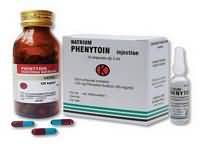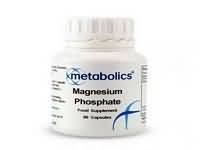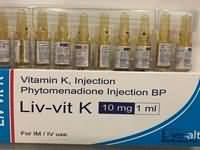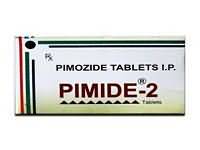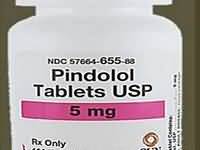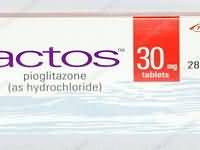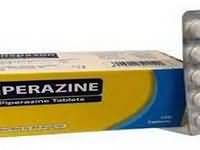oestrogen

CLINICAL USE
Second line haemostatic agent for uraemic bleeding
DOSE IN NORMAL RENAL FUNCTION
0.6 mg/kg/day for 5 days
PHARMACOKINETICS
Molecular weight :– %Protein binding :– %Excreted unchanged in urine : – Volume of distribution (L/kg) :–half-life – normal/ESRD (hrs) :– DOSE IN RENAL IMPAIRMENT
GFR (mL/MIN)
20 to 50 : Dose as in normal renal function 10 to 20 : Dose as in normal renal function <10 : Dose as in normal renal function DOSE IN PATIENTS UNDERGOING RENAL REPLACEMENT THERAPIES
CAPD :Unknown dialysability. Dose as in normal renal function HD :Unknown dialysability. Dose as in normal renal functionHDF/high flux :Unknown dialysability. Dose as in normal renal functionCAV/VVHD :Unknown dialysability. Dose as in normal renal function IMPORTANT DRUG INTERACTIONS
Potentially hazardous interactions with other drugsCiclosporin: concentration of ciclosporin increasedAnticoagulants: antagonism of anticoagulant effect of coumarins and phenindioneAnti-epileptics: accelerate metabolism of oestrogens ADMINISTRATION
Reconstition
To 50 mL with sodium chloride 0.9% Route
IV Rate of Administration
Over a minimum of 30 minutes Comments
– OTHER INFORMATION
Duration of effect about 14 days Used in association with desmopressin (DDAVP) in intractable casesOrally 10 to 20 : mg daily for 5–7 days Conjugated oestrogens are a mixture of sodium oestrone sulphate and sodium equilin sulphate and other oestrogenic substances of the type excreted by pregnant maresoestrogen, conjugated (unlicensed product).
See how to identify renal failure stages according to GFR calculation
See how to diagnose irreversible renal disease
Home

